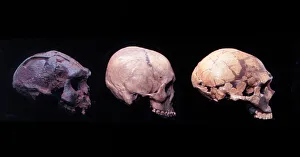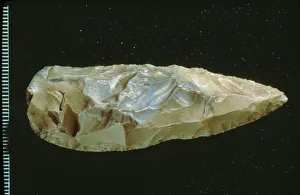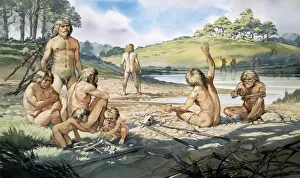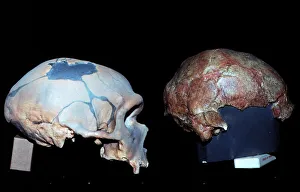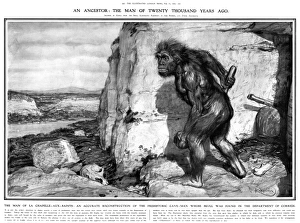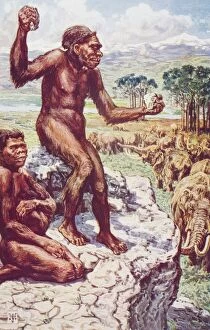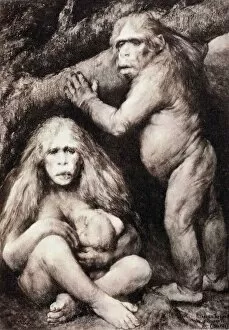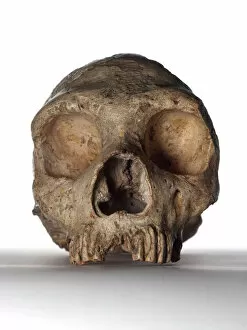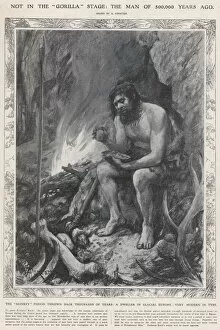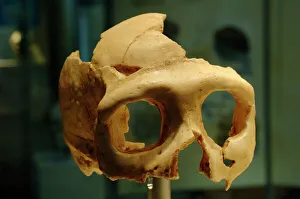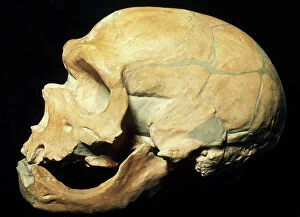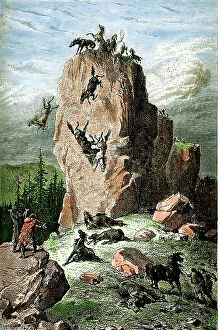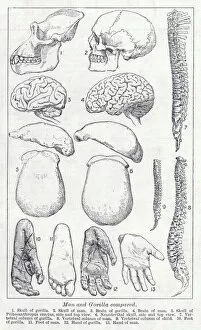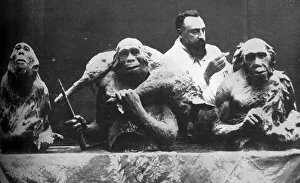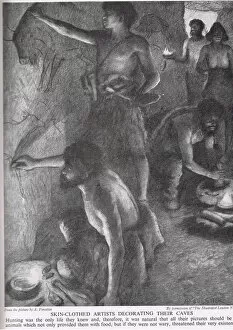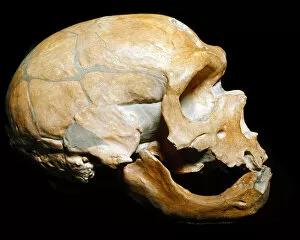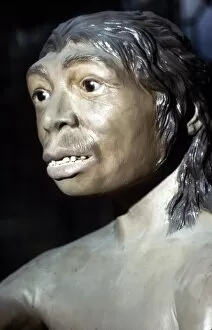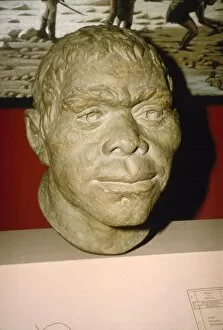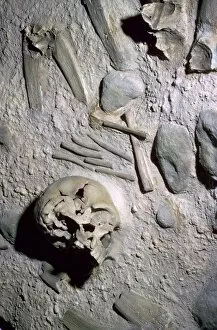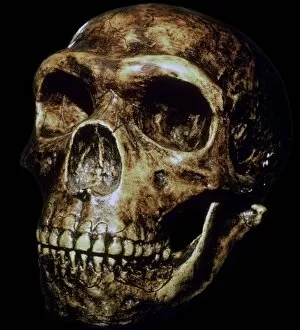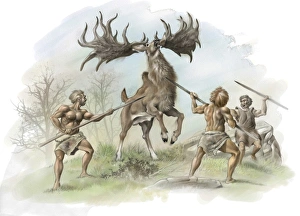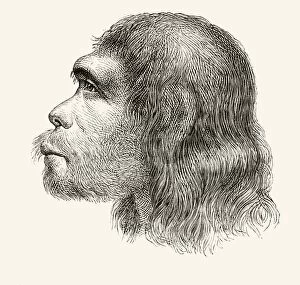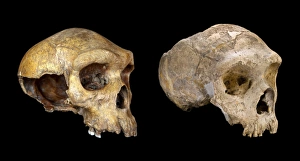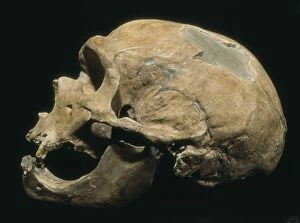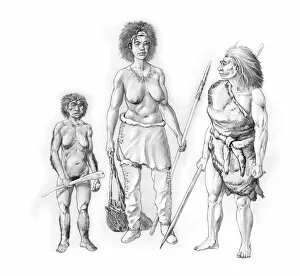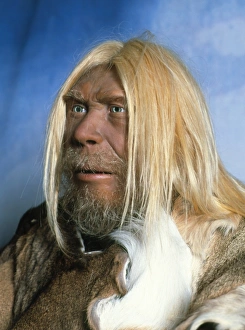Neanderthal Collection
Neanderthal, a species of early humans known as Homo neanderthalensis, has fascinated scientists and the general public alike
All Professionally Made to Order for Quick Shipping
Neanderthal, a species of early humans known as Homo neanderthalensis, has fascinated scientists and the general public alike. The first reconstruction of a Neanderthal man was based on the La Chapelle-aux-Saints Neanderthal skeleton discovered in France in 1908. Frantisek Kupka, with the assistance of Marcellin Boule, created a drawing that captured the imagination of many when it was published in The Illustrated London News in 1909. The Neanderthals were not alone during their time on Earth; they coexisted with other human species like Homo erectus and Homo sapiens. Evidence suggests that there might have been some interbreeding between these different groups. Archaeological discoveries such as Neanderthal spear points provide insight into their hunting techniques and survival strategies. At Swanscombe, UK, evidence of Homo neanderthalensis' presence can be seen through artifacts found at this site. In 1894, Haeckel's Pithecanthropus ape man crop sparked debates about human evolution and our relationship to our ancient ancestors. This illustration challenged prevailing ideas at the time. Even today, we continue to explore what it means to be "modern" or "primitive. " Conceptual images depicting modern-day individuals as Neanderthals remind us that our understanding is constantly evolving. H. H. Johnston's book from 1920 titled "Neanderthal Mankind" sheds light on how scholars perceived these ancient humans nearly a century ago. It reflects both scientific knowledge and societal attitudes prevalent during that period. Comparisons between Cro-Magnon (early modern humans) and Neanderthal skulls highlight anatomical differences between these two closely related species. These comparisons help us understand how each group adapted to its environment over time. The study of individual skulls provides valuable information about physical characteristics unique to Neanderthals. These distinctive features contribute to our understanding of their evolutionary history.

